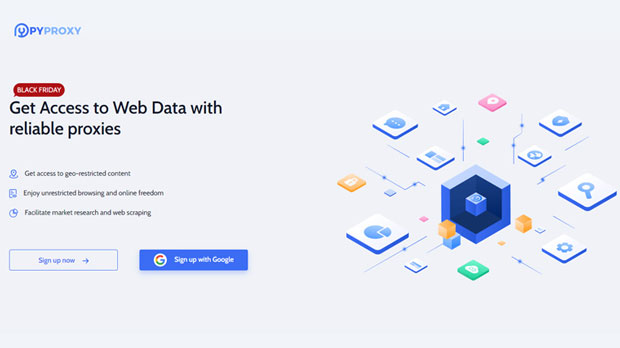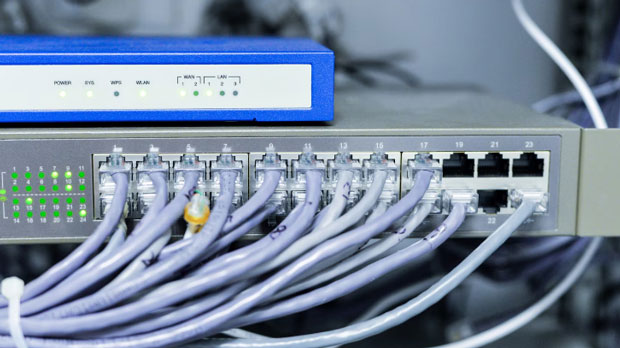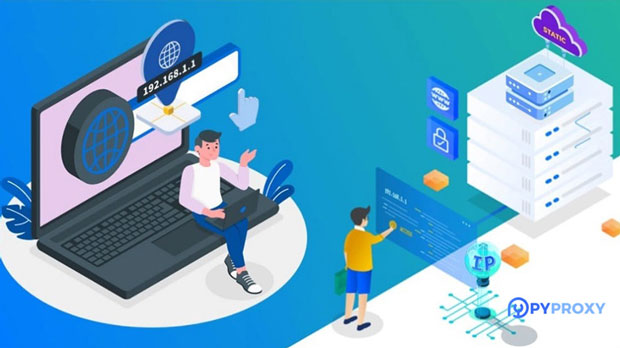How to verify the availability of free proxy server list SOCKS5?
In today's digital world, online anonymity and security are critical concerns, which has led many users to explore proxy servers, especially the socks5 proxies. SOCKS5 is a popular protocol due to its versatility, reliability, and support for various internet traffic types. However, when using free socks5 proxy servers, it is essential to validate their availability and functionality to ensure that they perform effectively. A common challenge is ensuring that these proxy servers are still operational and can offer the desired privacy and security benefits. This article will outline the steps for verifying the availability and reliability of free SOCKS5 proxies, from basic checks to more advanced methods for assessing server functionality. What is SOCKS5 Proxy?To better understand how to verify the availability of SOCKS5 proxies, it's important to first define what SOCKS5 is. SOCKS5 is a protocol used for handling internet traffic between a client and a server through a proxy. Unlike HTTP proxies, SOCKS5 works at a lower level, handling all types of internet traffic, including web browsing, email, and file sharing. It is particularly valued for its ability to bypass geo-blocks, provide high security, and offer better speed compared to other proxy types. This makes it an attractive option for users looking to secure their browsing or access restricted content.Why is Verifying SOCKS5 Proxy Availability Important?Verifying the availability of a SOCKS5 proxy is crucial for several reasons. First, free proxies are often unreliable, and they can go down unexpectedly. They may also have slow speeds, experience connection failures, or even expose your traffic to potential threats. By validating the availability and functionality of these proxies before using them, you can avoid these risks. Additionally, verifying the availability of proxies helps ensure that you are not wasting time or resources on a proxy that does not meet your needs, offering a smoother experience when you need anonymity or bypass restrictions.Steps to Verify the Availability of Free socks5 proxy servers1. Check for Response and ConnectivityThe first step in validating a SOCKS5 proxy server is to check its basic connectivity. This involves ensuring that the proxy is online and can establish a connection. One of the easiest ways to do this is to attempt a connection using a SOCKS5-compatible client, such as a web browser, or using command-line tools like `telnet` or `nc` (Netcat).- Telnet Command: The telnet command is a simple way to test if the proxy server is responding on the correct port (usually 1080 for SOCKS5). Example: ```bash telnet proxy_address 1080 ``` If the connection is successful, it indicates that the proxy server is reachable. If not, the server might be down, or the IP and port combination may be incorrect.- Netcat Command: Similarly, the `nc` (Netcat) command can be used to check for connectivity: ```bash nc -zv proxy_address 1080 ``` This command will attempt to connect to the specified address and port, providing feedback on the success or failure of the connection.2. Validate Proxy Authentication (if applicable)Some SOCKS5 proxy servers require authentication before use, which adds an extra layer of security. When verifying these proxies, you should test whether the authentication process is functioning correctly. This can be done using proxy clients that support SOCKS5 authentication.If you're using a proxy client, you can input the proxy server's details, including the username and password if necessary, and see if the authentication is successful. In case the proxy requires no authentication, skipping this step is appropriate.3. Test for Data LeakageOne of the key purposes of using a proxy is to hide your IP address and prevent data leakage. When using a free socks5 proxy, you must verify that the proxy does not leak your real IP address. To test for data leakage, you can use online services that display your public IP address. Before connecting to the proxy, note your IP address. Then, connect to the SOCKS5 proxy and refresh the IP check service. If the displayed IP address changes to match the proxy, your proxy is working as intended. If it remains the same, there may be an issue with the proxy or your connection.4. Evaluate Speed and LatencyFor proxies to be useful, they must provide a reasonable level of speed. Many free SOCKS5 proxies are known for being slow or unreliable, which can severely affect your browsing experience. To assess the proxy's speed, you can use online speed test tools, to check latency, download, and upload speeds while connected to the proxy.Testing the proxy at different times of day can also help identify periods of congestion or high traffic, which may negatively affect performance.5. Check for IP and DNS LeaksAnother crucial test for verifying SOCKS5 proxy availability is to ensure that there are no IP or DNS leaks. IP leaks occur when the client’s real IP address is exposed, while DNS leaks happen when DNS requests bypass the proxy and reveal your browsing activity. Both of these leaks undermine the security and privacy provided by the proxy.To test for leaks, you can use dedicated online tools such as "ipleak.net" or "dnsleaktest.com" after connecting to the SOCKS5 proxy. These tools will show if your real IP address or DNS queries are leaking, which indicates that the proxy is not functioning as intended.6. Use Proxy Rotation and Multiple ProxiesIf you are testing a list of multiple SOCKS5 proxies, it’s advisable to rotate through them. Many free proxy lists are subject to frequent downtime or become overloaded with users, so trying different proxies ensures you are using one that is currently functional.There are various tools available that allow you to rotate through proxy servers automatically, making it easier to test a range of free SOCKS5 proxies in a batch. This method also helps in identifying proxies with better uptime and performance.7. Monitor Proxy Performance Over TimeFor ongoing use, it’s important to monitor the performance of your chosen SOCKS5 proxy over time. Some proxies may start off working well but degrade in quality as they are used more frequently. You can use automated tools to periodically test proxies to ensure they are still functioning properly, maintain low latency, and avoid IP and DNS leaks.Tools like "Proxy Checker" or "Proxy Rotator" can help automate the process, allowing you to validate and rotate proxies without manual intervention. These tools can be programmed to check for specific criteria, such as uptime, response time, and data integrity.ConclusionVerifying the availability and functionality of free SOCKS5 proxy servers is essential to ensure security, privacy, and performance when browsing the internet. By following the outlined steps—checking basic connectivity, validating authentication, testing for leaks, evaluating speed, and monitoring performance—you can assess whether a free SOCKS5 proxy is suitable for your needs. Remember, free proxies can be unreliable, so it’s important to regularly test them to avoid disruptions or compromises in your online privacy. With the right tools and knowledge, you can make informed decisions about which proxies to use, ensuring a safer and more effective internet experience.
2025-01-07
























































